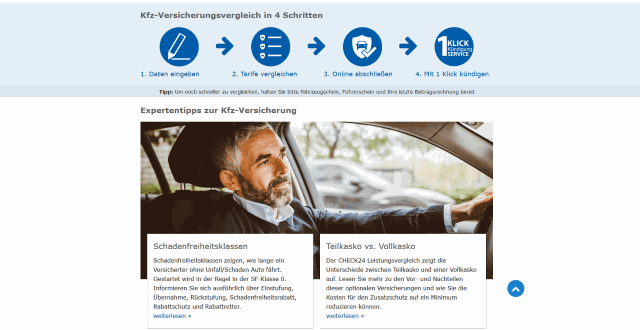Shifting Gears: How Industrial Robotics is Reshaping the Automotive Manufacturing Landscape
Getting hands-on with industrial operations in the automotive sector brings forth a significant transformation. The integration of industrial robotics into automotive manufacturing processes is not only redefining production workflows but also driving a new era of operational efficiency.
The history of automotive manufacturing has been a remarkable journey of technological advancements. The industry’s inception was marked by labor-intensive processes, which gradually evolved into assembly line production, embodying the spirit of the industrial revolution. This transformation was further propelled by the integration of computer-aided design and manufacturing software.
Today, another wave of change is sweeping across the industry - the utilization of industrial robotics. With their unparalleled precision, efficiency, and flexibility, these robotic technologies are becoming a game-changer for automotive manufacturers.
In the current business landscape, the adoption of industrial robotics in automotive manufacturing is gaining momentum. Several leading manufacturers, including General Motors and Tesla, are investing heavily in robotics to streamline their production processes. These innovations are not only enhancing productivity but also enabling manufacturers to maintain high quality standards consistently.
A prime example of this shift is the use of robotic arms in assembly lines. These devices can perform intricate tasks at remarkable speeds, reducing production time and minimizing human error. Moreover, they can operate in environments that might be hazardous for human workers, thereby enhancing workplace safety.
However, this shift towards robotics also poses certain challenges. There is a concern about potential job displacement, as tasks traditionally performed by human workers are automated. Additionally, the high upfront costs of industrial robots can be a deterrent for small and medium-sized manufacturers.
Nonetheless, the advantages of industrial robotics far outweigh these challenges. By automating repetitive and mundane tasks, manufacturers can redeploy their workforce towards more complex and value-adding activities. Furthermore, the long-term savings in labor costs and productivity gains can offset the initial investment in robotics.
Industrial Robotics: A New Paradigm in Automotive Manufacturing
To leverage the benefits of industrial robotics, manufacturers must incorporate these technologies strategically into their operations. Here are some practical insights:
-
Automation of Repetitive Tasks: Robots can efficiently handle repetitive tasks such as welding and painting, thereby freeing up human workers for more complex tasks.
-
Enhanced Quality Control: With their precision and consistency, robots can significantly improve product quality and reduce the incidence of defects.
-
Improved Workplace Safety: Robots can operate in hazardous environments, reducing the risk of workplace accidents and injuries.
-
Greater Flexibility: Robots can be programmed to perform a wide range of tasks, providing manufacturers with greater flexibility in their production processes.
In conclusion, industrial robotics is transforming the automotive manufacturing landscape, offering unprecedented opportunities for productivity enhancement and operational efficiency. While the transition may pose certain challenges, strategic planning and implementation can enable manufacturers to harness the full potential of this technological revolution. The future of automotive manufacturing indeed looks promising, with industrial robotics at the helm.





